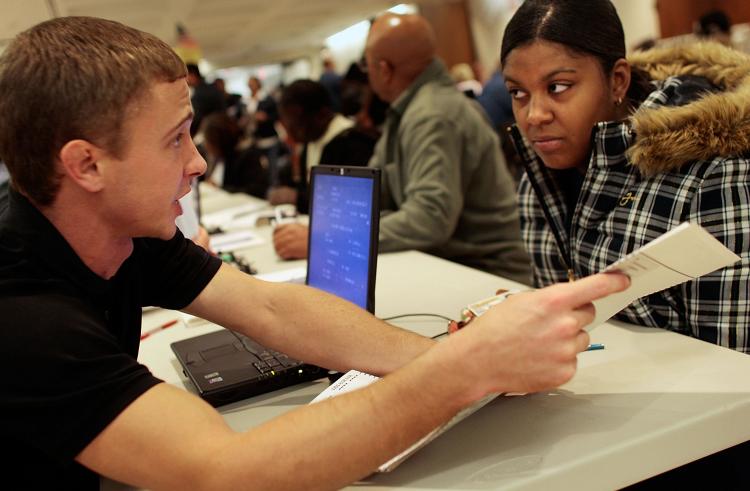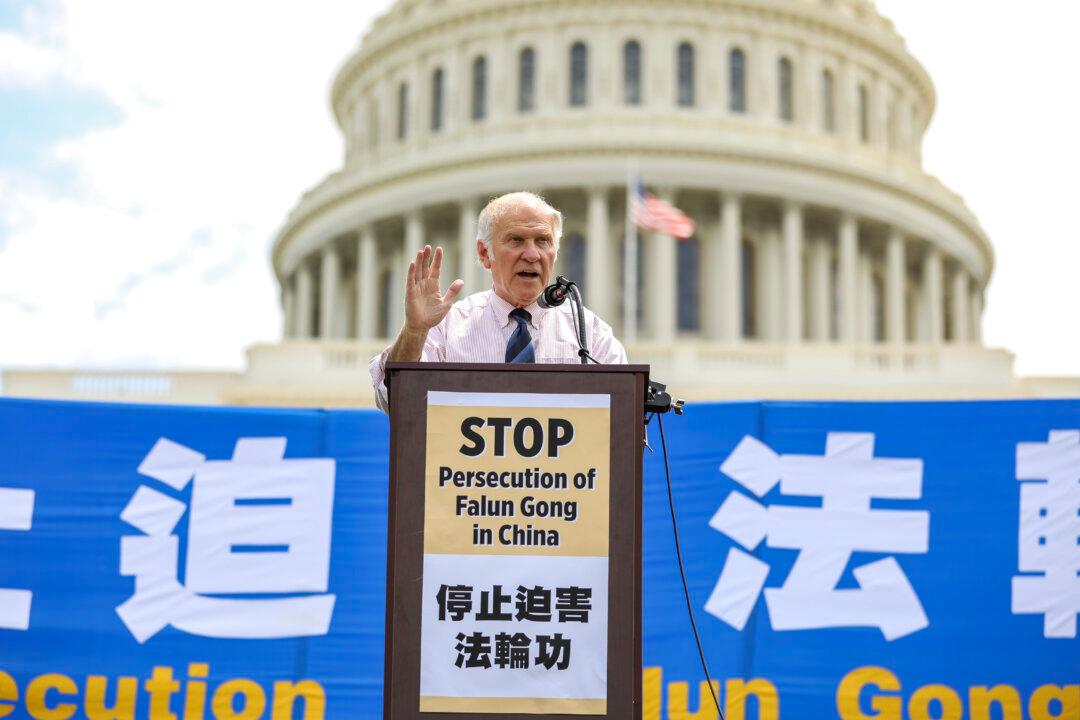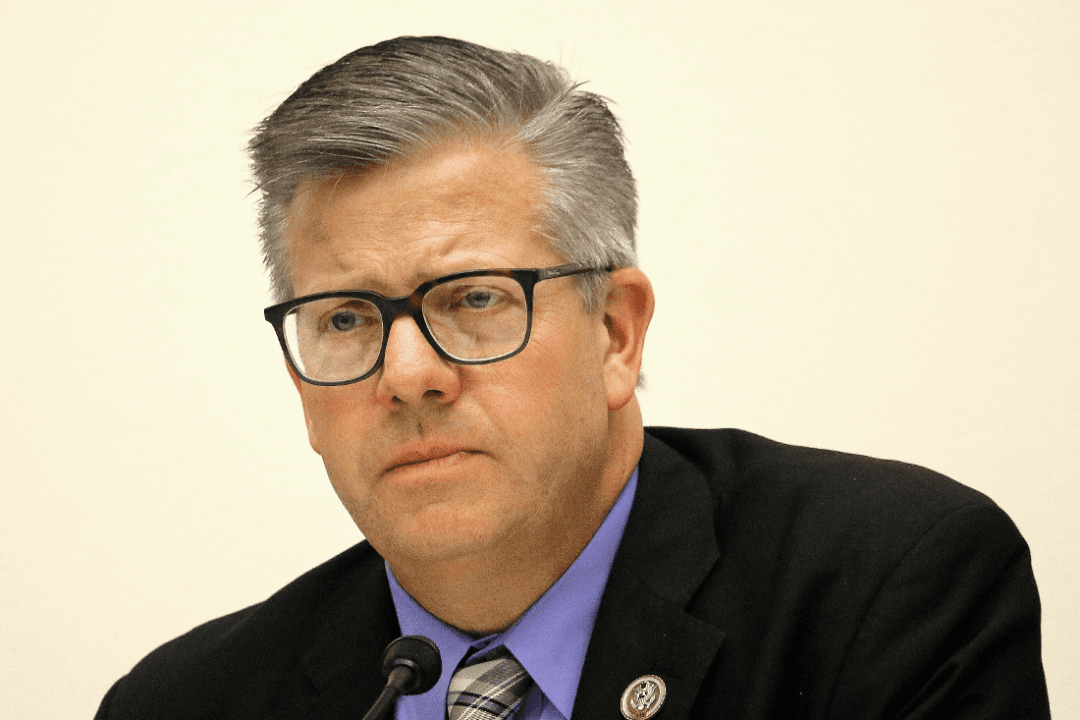WASHINGTON, D.C.—The final tallies of the bipartisan George Washington University Battleground poll were released Thursday, showing Democrat Sen. Barack Obama of Illinois holding a three point lead over Republican Sen. John McCain of Arizona (48 percent vs. 45 percent) for the previous week, October 23-29. The poll shows that Obama’s 10-point lead from two weeks ago has shrunk to 3 points, however the electoral vote count still strongly favors Obama.
Notably, the poll found that women favor the Illinois senator at 55 percent compared to men at 39 percent. This “gender gap” of 16 points is extraordinarily large. It exceeds the largest one in recent times, which was in the 1996 presidential race when the women/men percentages for Bill Clinton were 54/43, a 10-point difference, according to the Center for American Women in Politics.
The high favorability that Senator Obama enjoys among women bodes well for his winning the election. Nearly six out of ten, 59 percent, of the undecided voters are women.
The GWU Battleground poll is bipartisan, with input from Democratic and Republican pollsters. The poll surveys 200 likely voters every night, except Friday and Saturday nights. Three weeks ago, the poll’s release on Oct. 9 showed Obama with a 10 point lead: 51 percent vs. McCain’s 41 percent.
While Obama’s lead has shrunk, the bad news for the McCain camp is that the numbers are unchanged from the previous week. This would indicate that Obama’s narrow lead is holding steady.
Celinda Lake, Democratic strategist and founder of Lake Research Partners, said in a telephone conference on Oct. 30 that the margin of an Obama victory would double to 6 percent if the Obama campaign is successful in expanding the electorate, registering more youth and minorities, and the undecided tilts in Obama’s favor. It is no doubt true that the Democrats have been very successful in registering many new voters. But the question remains: Will they turn out to vote? Republicans are known for getting their base of support to the polls.
The anecdotal evidence is that African Americans are voting in large numbers in states where early voting is permitted. Lake mentioned that 35 percent of Georgia’s early voters were African American while they represent 28.5 percent of the electorate. A difference of a few percentage points can make an enormous difference on the outcome, said Daniel Gotoff, statistician for the Lake Research Partners. So, based on this evidence and other anecdotal evidence of a changed electorate, Lake is expecting a record turnout.
Republican strategist Ed Goeas of the Tarrance Group countered that there has been “over reporting” of the early vote.
Regardless of the popular vote, the electoral map is looking good for Obama. Lake stated that Obama is already over 300 electoral votes. Gotoff says that Lake relies on regression analysis, which uses a trending analysis of several polls. Today, www.pollster.com shows Obama at 311, consisting of 264 electoral votes that are “strong,” and 47 electoral votes that are “leaning.” The former states are almost certain for Obama and the latter states have a better than two-thirds probability of voting Obama. Only 270 electoral votes are needed to win.
Respondents Prefer Obama On Most Issues
Obama continues to enjoy voter preferences on domestic issues. He leads McCain widely in who is best to “handle heath care issues” (55 vs. 31 percent), “will create jobs” (51 vs. 37 percent), “bring change to Washington” (59 vs. 28 percent), “will improve the economy” (50 vs. 37 percent), and “will unite the country” (59 vs. 28 percent).
McCain’s strength remains steady at who “best represents the quality in keeping America safe and secure” (55 vs. 37 percent).
On other questions, the two are essentially tied, within the margin of error: who better represents “a strong leader” (46 percent for McCain vs. 44 percent for Obama) and who “better shares your values” (44 percent for McCain vs. 47 percent for Obama).
The respondents perceive that McCain is running the more negative campaign by a three to one ratio: 57 percent say McCain versus 19 percent say Obama.
Goeas acknowledged the uphill climb for McCain but said that if McCain can raise the White vote 2 percentage points and Obama loses 2 percentage points, it would bring McCain to 59 percent of the White vote, enough to tip the election towards him. McCain has to keep Indiana, Ohio, Virginia, and North Carolina away from the Obama column, while winning Pennsylvania to attain the 270 electoral votes, he said. He said this is doable, but also conceded that McCain could “just as easily wind up with 200 electoral votes.”
GWU sponsors the poll which is conducted weekly in the last months of the campaign. For the Republicans, the Tarrance Group, and for the Democrats, Lake Research Partners, both vouch for the results.





